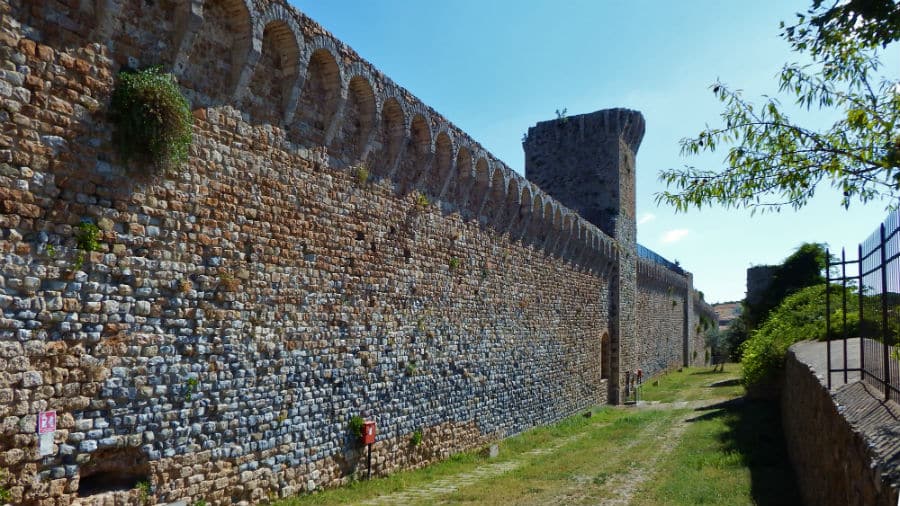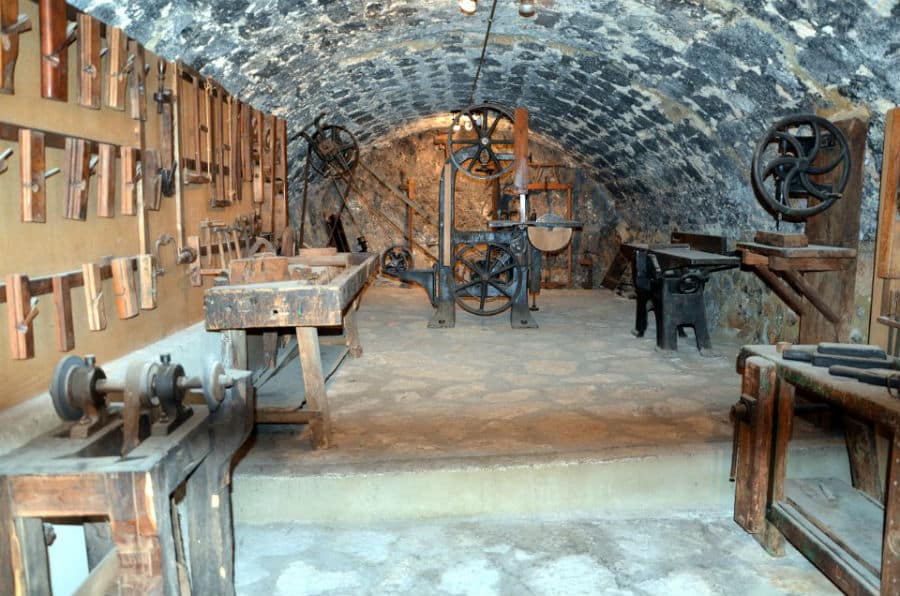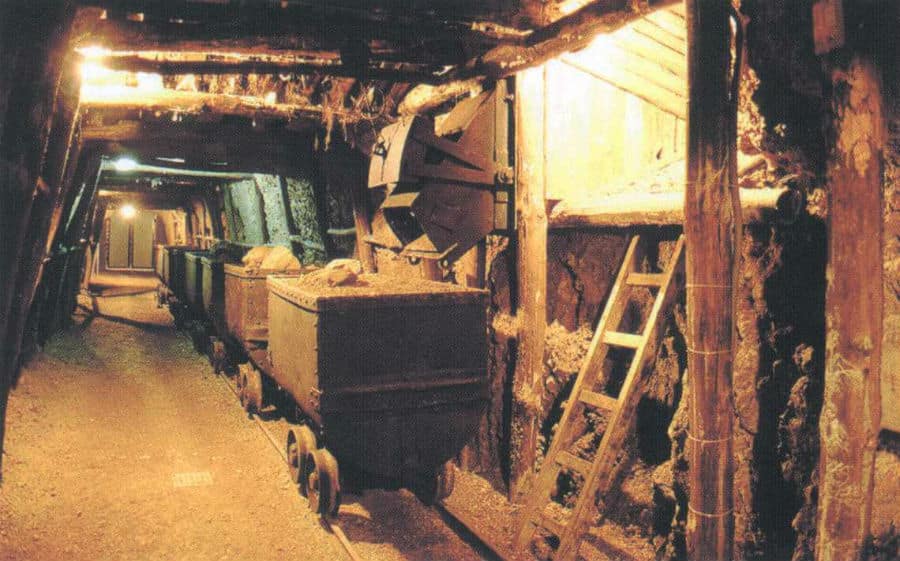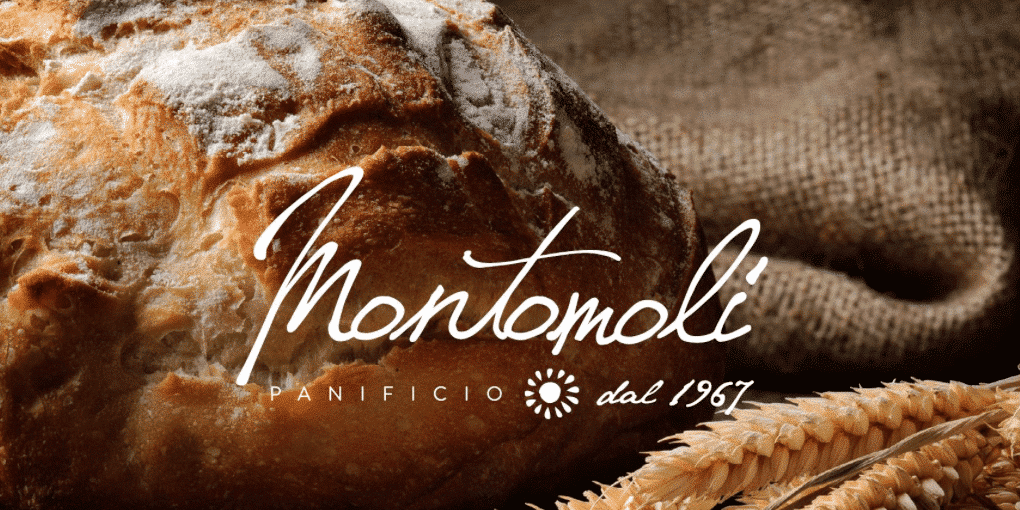The village of Massa Marittima, in Tuscany, is situated on one of the southern extremities of Colline Metallifere of Grosseto, that dominate the left shore of the river Pecora. The western and southern parts of its territory slopes down towards the Maremmana plain, while in the south-eastern part there is the Lago dell'Accesa, of karst origin. The territory around Massa Marittima was inhabited in prehistoric and protohistoric times.
Etruscan settlements were found instead in the area of the Lago dell'Accesa, dating back a long period of time that goes from the IX to the V century B.C. The century which ratified the beginning of the final flowering of the city was the XI century, when the gradual transfer of the episcopal see of Populonia to Massa Marittima occurred. Initially loaned to Pisa (1216), the city experienced the height of its splendour during the years in which it was a free commune (1255-1337), experiencing a great urban expansion thanks to the construction of great value buildings still visible today. From 1 May 1317 for at least a year the city also mint its own coin, the Grosso of 20 dinars and the Denaro piccolo, and there is news of the these currencies movement until the end of 1319.
The Cathedral of San Cerbone, dating back to the middle of the XII century, is the main religious building of the Colline Metallifere, site of the historical diocese heir of Populonia that from Massa Marittima extends up to Piombino and the Elba island. It represents one of the most important monuments of romanesque architecture of the Maremma and Tuscany. The Castle of Monteregio instead, built by the Aldobrandeschi family in the IX century, was the first building of the old town centre of Massa Marittima.
The Balestro del Girifalco is an historic event of high cultural importance which takes place twice a year in piazza Garibaldi, the fourth Sunday of May and the second Sunday of August, and dates back to the period in which Massa was a free municipality: the first testimonies of this practice are of the XIV century. This is a crossbow competition in which twenty-four shooters face each other, eight for each of the ancient terzieri: Cittanuova (white and red), Cittavecchia (black and white) and Borgo (yellow and blue).
Massa Marittima has within its municipal territory a great number of museum complexes, such as the Ancient Carpenter's shop, The Old Mill and the Museum of the Mine. You should also visit the Accesa Archaeological Park. At the lake, in the locality of La Pesta, were found the remains of an ancient Etruscan settlement divided into five districts, each of them consisting of a residential area and a necropolis.






























